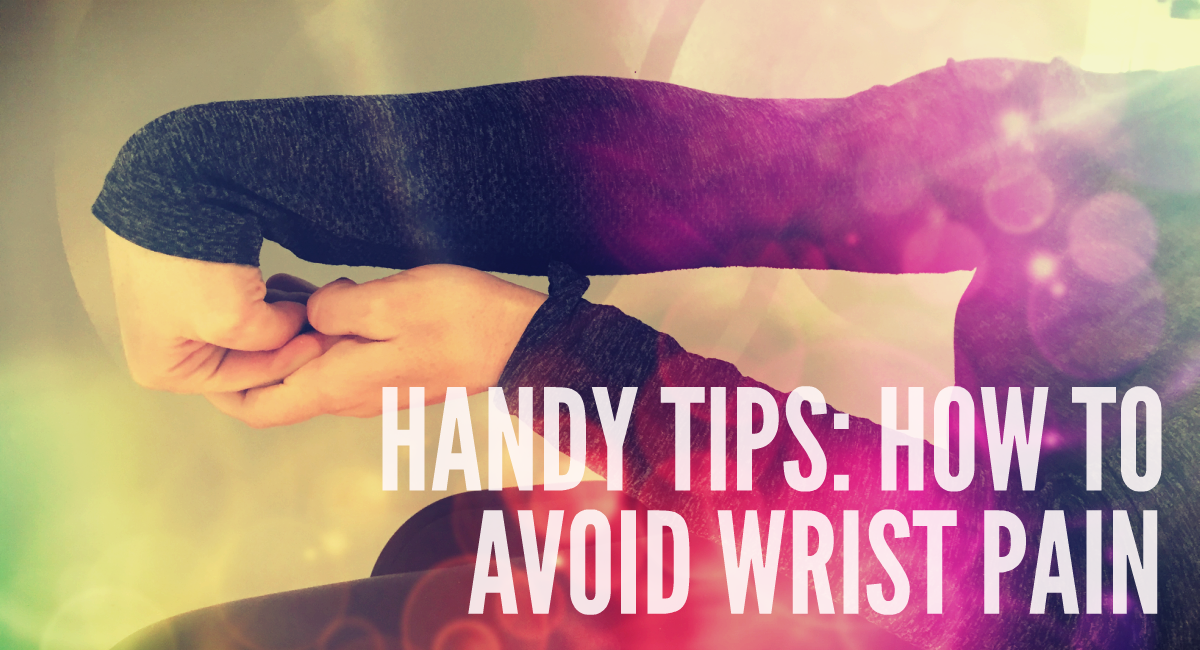Wrist Pain

As humans, we use our hands for a multitude of tasks every day, from work to sport to daily to everything in between. Our hands and wrists are a complicated interface of bones, muscles and tendons that are called on all day long, and when something goes wrong, it can be debilitating.
Wrists take a beating during a variety of fitness and sports activities. Weight-bearing sports like yoga, gymnastics, and calisthenics require athletes to bear significant amounts of their body weight through their wrists, often while moving the body over a fixed hand. Bat and racquet sports like baseball, hockey, golf and tennis subject the wrist to forceful torqueing. Martial arts requires a stable wrist in order to transmit forces from the shoulder to the hand during striking, as well as significant grip strength and wrist flexibility for grip control during holds and takedowns. Big lifts like front squats and snatches, as well as kettle bell work, require wrist mobility, grip strength and coordination. Blocking in football, cycling, rock climbing… the list goes on and on.
But it’s not just sporting activities that are affected. Cooking, typing, driving, working on your car or home, baby carrying — all of these can be unbearable with wrist pain.
So how do we protect them? The key to avoiding wrist pain is to optimize alignment in the joints and improve the strength of the muscles stabilizing them.
First — Mobility
Most of the muscles that flex and extend your wrist and your fingers start way up in your arm, many of them as high as the bulky muscles near your elbow. Prolonged positions or repetitive tasks can cause shortening and restriction in these muscles, which then restrict the range of motion of your wrists, and stiffness equals pain.
Try these two forearm stretches:
*Wrist Flexor stretch
*Wrist Extensor stretch
Second — Strength and stability
One thing I cannot stress enough is the importance of core and shoulder strength in terms of wrist strength and stability. The farther up the kinetic chain you get, the more control you’ll be able to wield in terms of reducing stress and controlling movement at the wrist. But you’ll want to work the wrists and hands as well.
*Knuckle planks
Plank variations on your knuckles are a great way to work on alignment and stability and improve the proprioception — that is, the intricate responses to perturbation — at your wrists. Begin with a stable surface, and increase the softness of the surface as you get stronger. And GO SLOW! Crumpling into a weak wrist because you rushed to increase the challenge will just lead to more pain and potential injury.

Gripping
Wrist strength includes grip and hand strength as well. Work on grip strength by squeezing a tennis ball, and increase reps as you get stronger. You can also try gripping a kettle bell — try a farmer’s carry or a bottoms up farmer’s carry (bonus: you’ll get a core and shoulder burn, too). Start with a small 5-pound bell and increase as you get stronger.
If your wrist pain is severe or isn’t getting better, please seek care! Physical therapists (like me!) are specifically trained to improve joint mobility and to improve the movement and balance in your body, and are a great place to start for wrist and hand pain. Not only can we provide hands-on (ha!) treatment, but we can also teach you specific strategies for your sport or daily tasks to decrease pain or risk of injury, and improve your grip strength and wrist stability.


